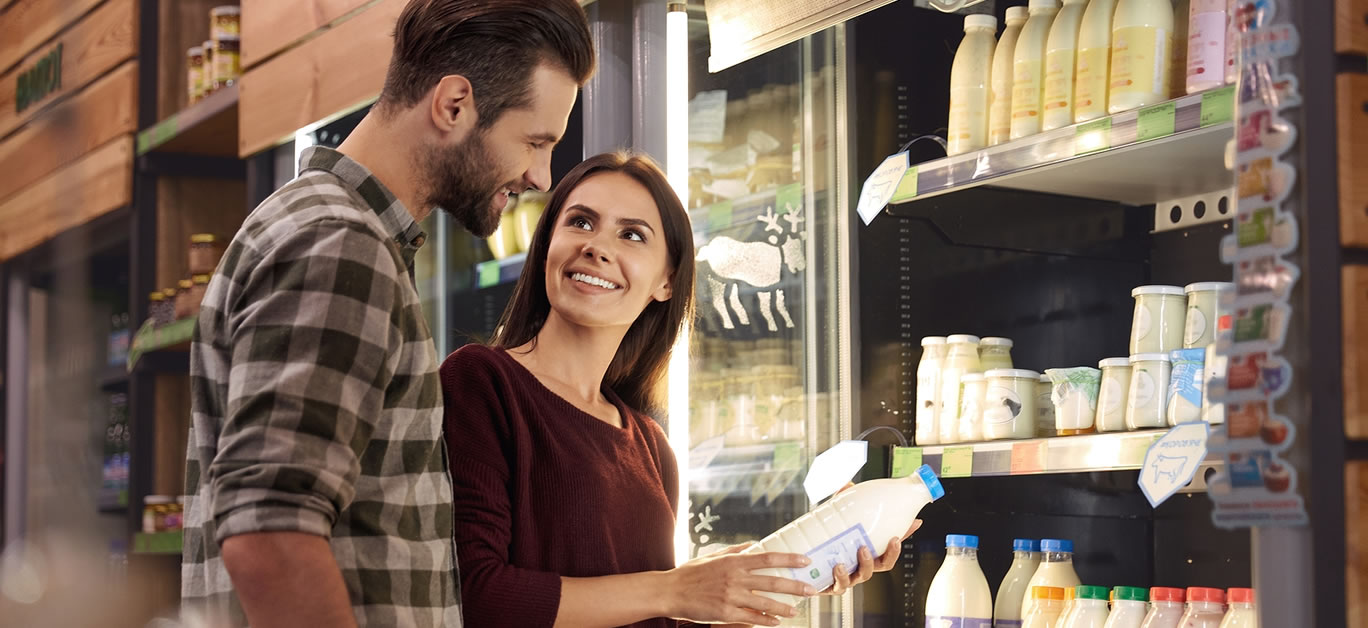Words by Holly Taylor, chef and co-founder of Kindling Restaurant in Brighton
Environmental concerns are never far from the top of the news agenda these days. High profile campaigns and meetings of politicians from around the globe can make it seem like it’s a big problem that only big names and big institutions can take on. But we all have our part to play, and together we have incredible power via our shopping choices, particularly when it comes to food.
The nutritional value of the items in our shopping baskets is important, but so too is choosing ingredients that are kinder to the environment. And there lies a challenge: how can you really tell if what you’re buying will make a difference, and that claims of being mindful of green concerns aren’t just marketing hype?
Greenwashing is the concept of making an item seem to have less of a negative environmental impact than it does. Terms such as non-toxic, plant-based, plant-derived, pure, raw, healthy, all-natural all lead us to believe the product is a better choice. But they are often used to greenwash – this happens when the claims are unsubstantiated, only refer to a specific aspect of food production, or are entirely false.
As consumer demand for environmentally friendly products has risen, greenwashing has become increasingly common. This has led to growing consumer confusion, making it more difficult than ever to make genuinely sustainable choices.
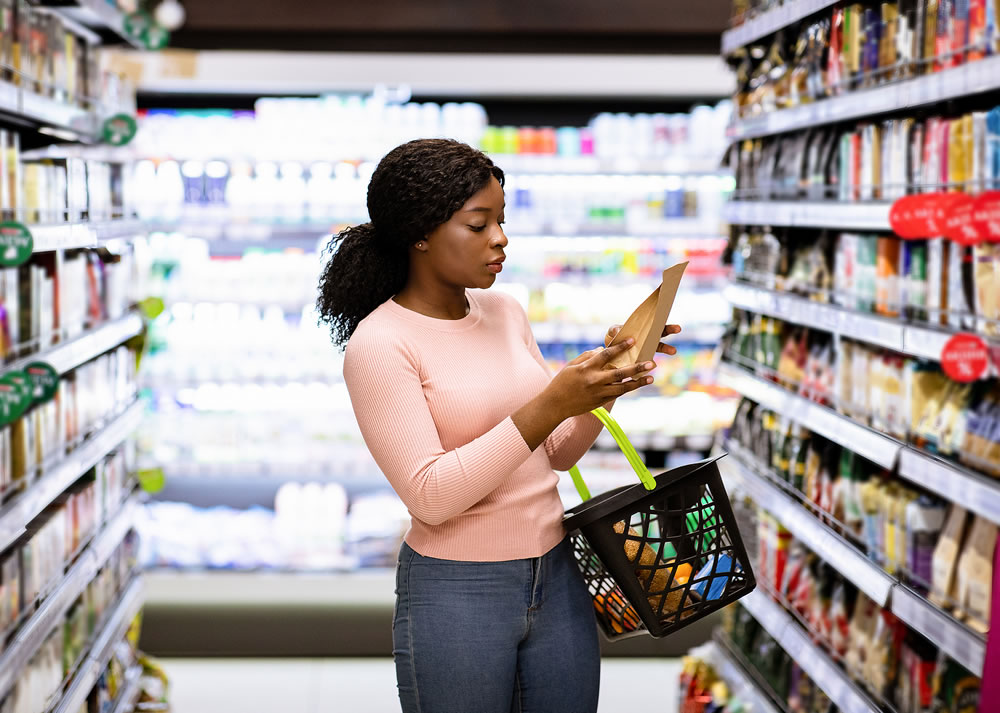
So, what should you be looking out for?
1. Is the claim vague?
Maybe the company uses very general terms such as ‘green’ or ‘eco-friendly’ but doesn’t provide any reason for their statement. Companies that are proud of their commitment to the environment will have the information behind their claims freely available and will happily answer consumer questions. Watch out for claims that are imprecise and have no evidence to back them up. Don’t be fooled by clever branding that makes a product look environmentally friendly when it has no right to be.
2. What is a product’s whole life cycle?
As an example, a meat replacement product may major on the fact that it is plant-based, but what really counts is how those plants were grown and how much energy has been used in the processing of the ingredients to make the end product. A plant-based product that is revealed to have been produced from an international catalogue of ingredients that have all been intensively farmed isn’t as good for the environment as it initially sounds and certainly not as good as vegetables grown a few miles from your location.
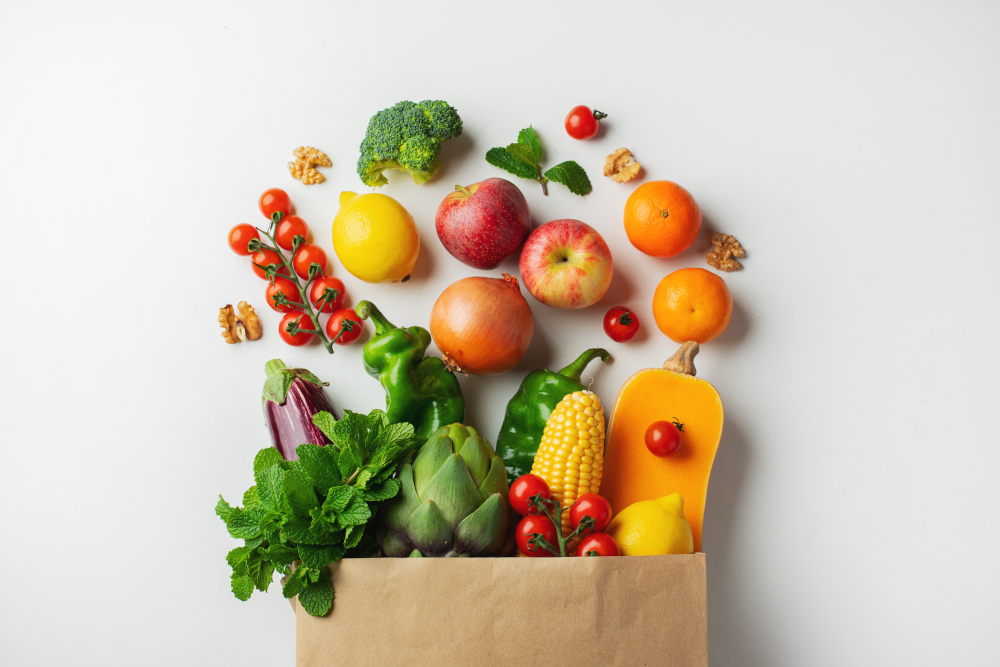
3. Is it too good to be true?
When it comes to green washed products, if it sounds too good to be true, there is a good chance that it is. Most sincere green production practices are going to be lower yield and higher cost – so you should expect to pay more. A company that’s truly committed to reducing its carbon emissions is going to invest money in making changes to production and infrastructure to achieve this.
In the last few years carbon offsetting has become very popular with large corporations who wish to appear more environmentally friendly, but sadly this isn’t a long-term solution to climate change. Sure, planting trees to suck carbon dioxide out of the atmosphere as they grow is a positive thing, but it’s significantly less positive than not producing so many greenhouse gases in the first place.
Unfortunately, the buzz around carbon offsetting has rather distracted consumers from the core problem which is skyrocketing carbon emissions. Offsetting schemes aren’t bad, but they don’t cancel out the emissions to which they are linked. Instead, they’re a distraction that stops us from holding companies accountable for their enormous environmental impact. It allows these companies to continue with their unsustainable behaviour while shifting their responsibility for the climate onto the consumer.
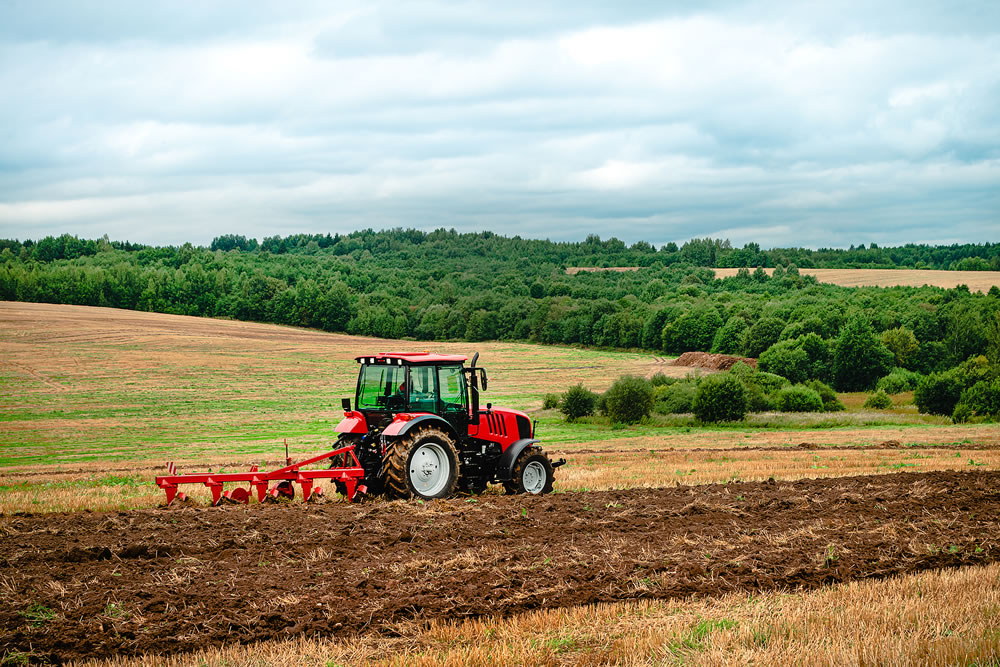
4. Look for the certification
Most of us don’t have the time to research everything we eat, a fact that a lot of companies are relying on. The good news is there’s a growing number of sustainability certification bodies, such as B Corp, The Ethical Company Organisation, Planet Mark and FutureFit Business that provide comprehensive assessments and certifications for companies that truly want to address their environmental impact. These organisations offer businesses a roadmap so they can measure and mitigate their social and environmental impact, with the end goal of reducing their contribution to climate change.
5. Think about where you’re shopping
What we buy is important, but so is where we get our shopping. Try to buy your food locally from the people who produce it. Look out for farmers who are championing regenerative agriculture – a farming practice that aims to enhance the land and work with the environment rather than against it. As much as possible, ask questions about where your ingredients come from: where in the world are they grown, how many food miles have they travelled, and how have they been grown?
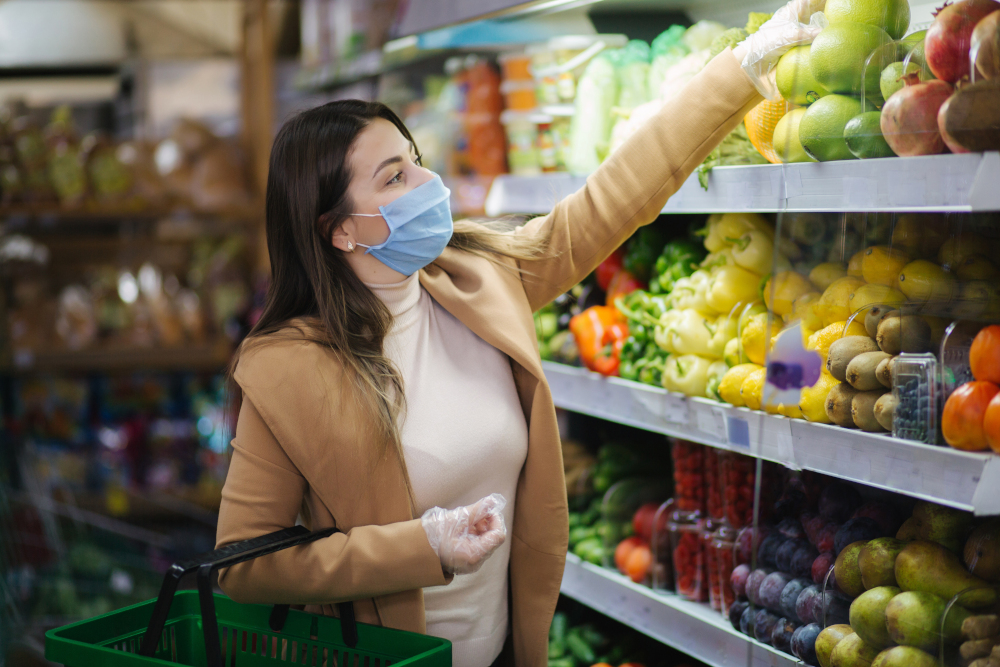
If you can, buy vegetables at a farmer’s market, or sign up to a locally grown veg box scheme. When possible, purchase meat and fish from a local butcher and fishmonger who will know where it has come from. Buying from smaller, more local companies also helps – they will naturally have a lower carbon footprint compared to corporate giants.
YouTube is stuffed with cooking videos, with recipes to suit all abilities, budgets and tastes, so when you can, cook from scratch rather than buying premade and processed food. This will make it easier to swap to ingredients that have certified sustainability credentials – plus it’s healthy and fun.
Whatever efforts you make to help with concerns about the environment, whether it’s swapping to locally grown vegetables for dinner or exchanging your afternoon big brand drink for something made down the road, remember not to let perfect be the enemy of good. Every little choice makes a difference.












